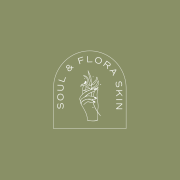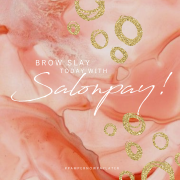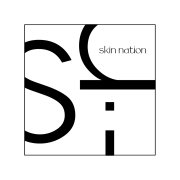Really bloomie, isn’t it just a font?
Is that just a Chanel bag? Synonymous with your logo, website and business cards, your brand font plays a significant role in your brand identity. Not only does that brand identity need to resonate with your why but it needs to connect with your customers.
If you’re not a typography nerd like us, then you might be wondering how a font can truly influence the way we perceive a brand.
Our Serif is the trustworthy one. Serif is traditional and the OG when it comes to fonts. Due to this font’s history, brands that use this font are connected to those dependable, classic vibes. Think Vogue, Burberry and The New York Times.
Next is Sans Serif, still a classic but with a casual twist. Sans Serif fonts are modern, clean and minimalistic. A favourite of brands such as Google, Facebook and Target, this font says, “I’m approachable, I’m relatable and I’m friendly”.
Used by brands that need to showcase they’re still modern and current like Volvo, Honda and Sony, our Slab Serif is our larger and more block-style member of the Serif fam.
Stronger than the traditional Serif Fonts, this font exudes boldness.
Our script, handwritten and decorative fonts are all very unique and distinctive. Often artistic, stylised and sometimes dramatic [think Disney and Lego], these font categories pair approachability with informality.
Now that you’ve put a face to a font, what personality connects best with your brand?
How many fonts can I have?
Unlike shoes, you can have too many fonts. Whilst it’s so easy to get lost in the incredible options available, having too many fonts means that your ability to build brand recognition weakens. Think about brands like Vogue or Tiffany and Co. If these brands were to suddenly throw an unfamiliar artistic script into the mix, we wouldn’t recognise them in the split second we currently do.
Our brand fonts represent how tall our brands stand so choosing one to three that not only complement each other but feel familiar to your audience.
If your brand resonates with more than one font personality, find ways to create synergy between the two. For example, by pairing your hero Serif header with a sans-serif sub header, you’re creating a trustworthy but easily approachable vibe.
What should I be looking for in a brand font?
In modern marketing, your brand needs to stand proud both online and offline. Along with connecting with your brand personality, your fonts must be flexible and easily engaged with, on a variety of platforms.
Consider a brand font that offers a variety of weights (such as bold and italic) and can be legible at a variety of sizes. There’s nothing worse than choosing an elegant handwritten font only to find out that it’s barely able to be read when scrolling on a mobile.
Within your style guide [psst… you need this too], share the role of your fonts and where they’re utilised throughout your marketing. Like all brand initiatives, consistency is key to building a brand that stands the test of time.













